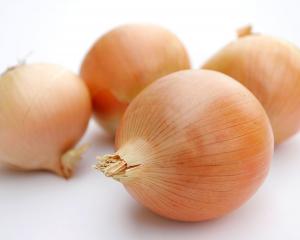
A Central Otago reader phoned to ask if we could highlight the dangers of the fruit of potatoes.

The chemical is found in the foliage and green potatoes, too, although chlorophyll may be the cause of greening. Play it safe and don’t eat green spuds. Rather than waste them, pop them in the ground this month for a late crop of new potatoes, which will be quite normal and a treat for Easter.

Another nightshade, poroporo (S. aviculare), has large berries that are poisonous when green, but the fully ripe fruit is edible. If you plan to eat poroporo, be certain of its identity as it can easily be confused with harmful nightshades.

Solanine is not the only poison lurking in the vegetable plot. The oxalic acid in rhubarb is well-known and the leaves — where most is stored — are often used for a natural insect killer.
For a spray to zap chewing insects such as aphids, caterpillars and spider mites, put rhubarb leaves in a pot (ideally an old one no longer used for food), cover with water and boil for about 20 minutes. Allow to cool, then remove the leaves. Add a tablespoonful of dishwashing liquid, mix well and pour into a spray bottle. Clearly label the bottle "poison".

Celery and parsley have been known to cause parsnip rash, but seem to do so only occasionally.
Don’t let this doom and gloom put you off growing vegetables, as nothing tastes better than home-grown potatoes or ripe tomatoes warm from the sun.

Precautions
- Teach children that if any plant or berry tastes nasty or makes the lips or mouth sting, they should spit it out at once — never swallow it — and immediately tell an adult.
- Keep the number of the National Poison Centre, 0800POISON (0800764-766), handy and contact the NPC if poisoning occurs or is suspected.











